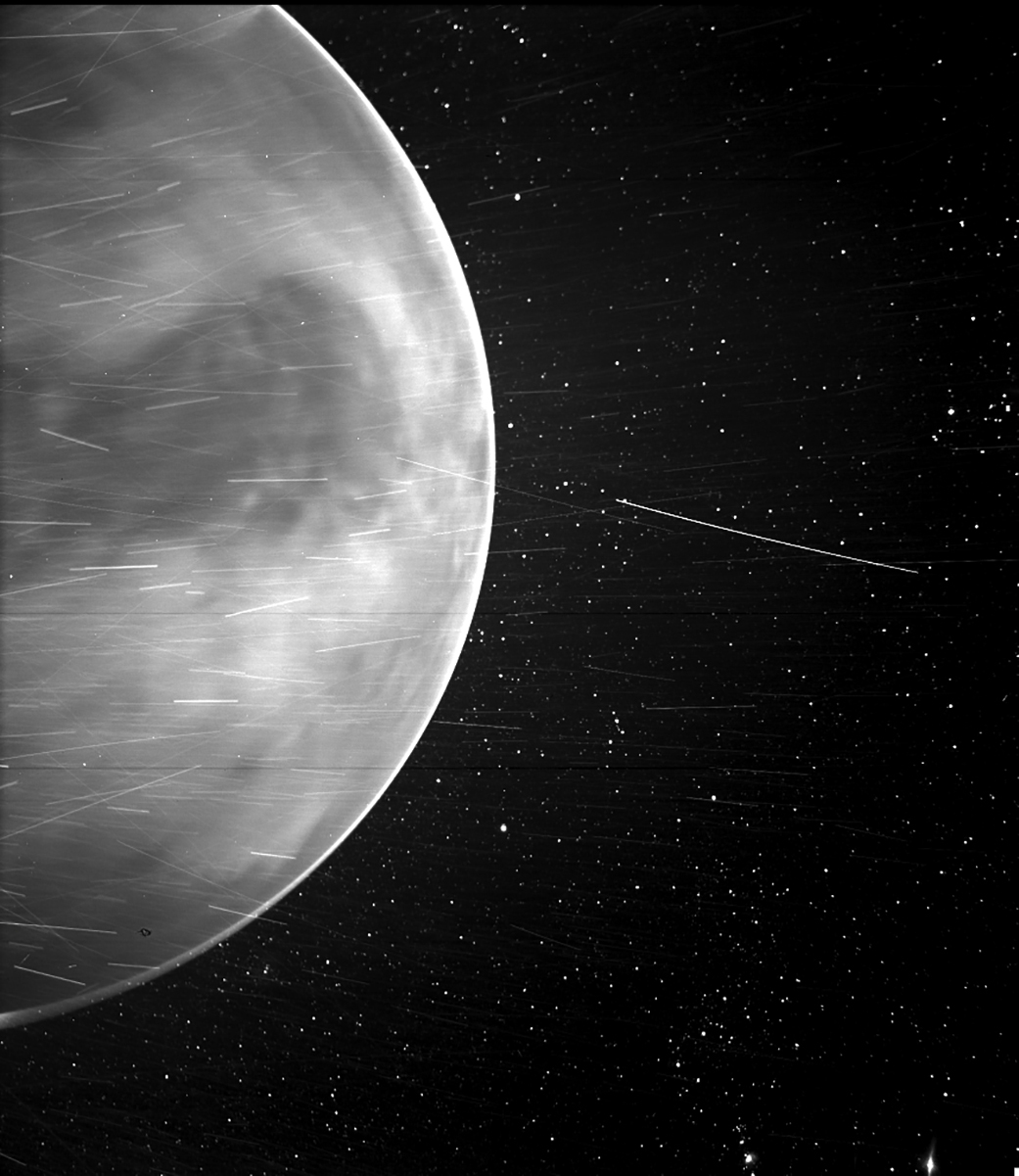NASA’s Parker Solar Probe is doing a wonderful job by shedding light on Sun. Launched in 2018, this solar mission intended to study the sun and unravel some of its mysteries. The probe is designed to travel through the sun’s atmosphere for seven years.
But, during one of these Venusian flybys, it came very close to Venus in July 2020. The probe went so close; it was just 517 miles from the surface. Parker had just skimmed through the ionosphere, a layer of the Venus atmosphere.
The probe recorded low-frequency radio signals when it was nearest to Venus. This is the first direct recording of Venus’ upper atmosphere in nearly three decades.
The recorded frequencies give us a new understanding of how Venus changes in response to cyclic changes in the sun. The data also help us better understand that how Venus transformed from an almost Earth-like planet into a hellish hothouse.
However, data from ground-based telescopes suggested that Venus’ atmosphere was thinning as the Sun settled into a solar minimum. But Probe’s information has confirmed it.
Robin Ramstad, the co-author on this research, said, “When multiple missions are confirming the same result, one after the other, that gives you a lot of confidence that the thinning is real,”







